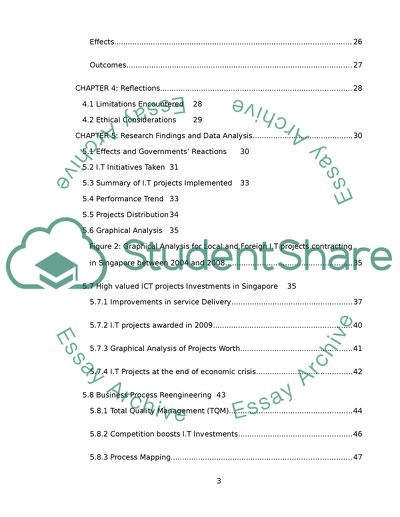Cite this document
(“The Economic Downturn Effects on I.T Projects in Singapore Case Study - 1”, n.d.)
The Economic Downturn Effects on I.T Projects in Singapore Case Study - 1. Retrieved from https://studentshare.org/finance-accounting/1741485-the-economic-downturn-effects-on-it-projects-in-singapore
The Economic Downturn Effects on I.T Projects in Singapore Case Study - 1. Retrieved from https://studentshare.org/finance-accounting/1741485-the-economic-downturn-effects-on-it-projects-in-singapore
(The Economic Downturn Effects on I.T Projects in Singapore Case Study - 1)
The Economic Downturn Effects on I.T Projects in Singapore Case Study - 1. https://studentshare.org/finance-accounting/1741485-the-economic-downturn-effects-on-it-projects-in-singapore.
The Economic Downturn Effects on I.T Projects in Singapore Case Study - 1. https://studentshare.org/finance-accounting/1741485-the-economic-downturn-effects-on-it-projects-in-singapore.
“The Economic Downturn Effects on I.T Projects in Singapore Case Study - 1”, n.d. https://studentshare.org/finance-accounting/1741485-the-economic-downturn-effects-on-it-projects-in-singapore.


